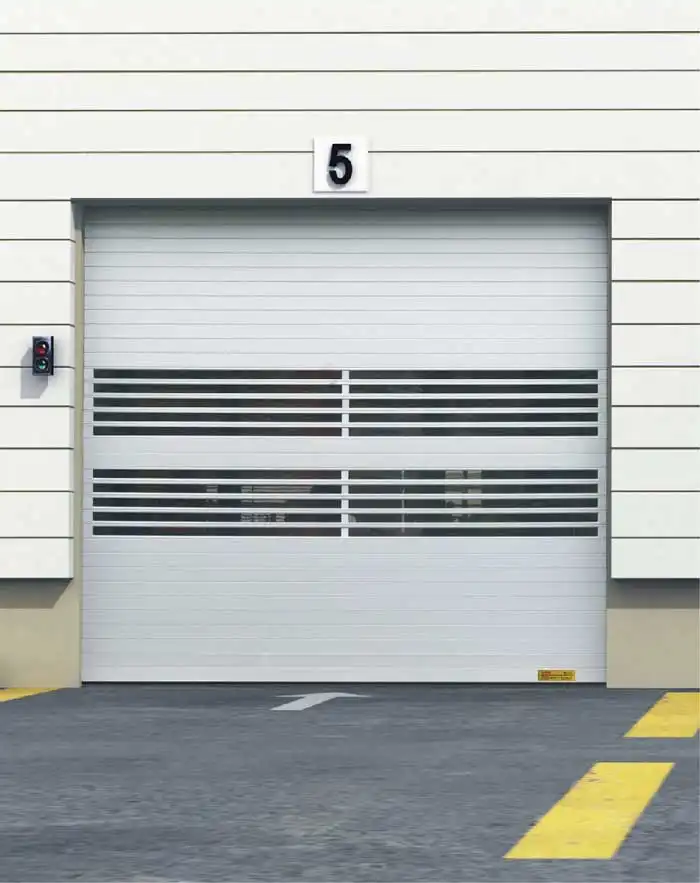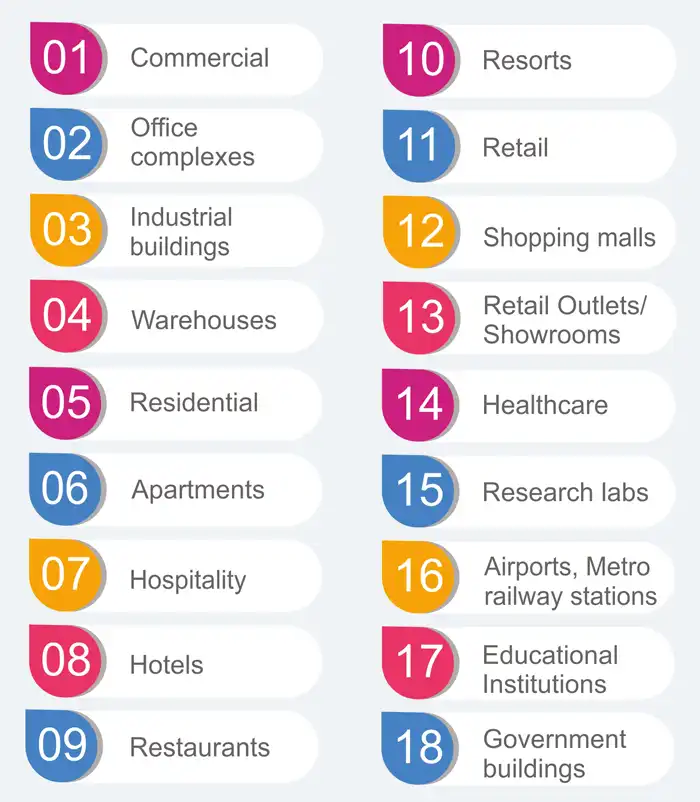Most automatic doors use motion detection sensors or optical sensors, which are installed on the sides of the door, to trigger the opening/closing of doors. In the 1st century AD, mathematician Heron of Alexandria in Roman Egypt invented the first known automatic door. He described two different automatic door applications. The first application used heat from a fire lit by the city’s temple priest.
Pressing on door handles or rotating door knobs, pulling or pushing doors and closing doors again after passing through, it can all be annoying at times. People often forget to close doors after themselves, in particular. And for some people, opening a door and then closing it again is impossible, wheelchair users, children, older people or the disabled, for example. Automatic doors grant everyone convenient access to buildings, something that is increasingly appreciated, and even expected.
Automatic doors technology
Automatic doors operate with the help of sensors. Sensors do exactly what they sound like they’d do: they sense things. There are many different types of sensors that can sense different types of things, such as sound, light, weight, and motion. Other automatic doors operate on optic or motion sensors. These sensors might be mounted above a set of automatic doors or built on the top or the sides of the frame of the automatic doors.
When these optic or motion sensors sense motion nearby, they trigger the automatic doors to open and then close. This is why, when you approach a set of automatic doors, they will open as soon as you get close enough to activate the sensors. These doors are very sensitive to dust, even a small portion of it will result in no locking condition.
Automatic door elements
These types of automatic sliding fitting systems consist of several components.
Activation device: This is a detector which registers an open command and transfers it to the drive control/control unit.
Control unit: This usually includes timer switches, settings for opening speeds, angles and hold-open time.
Drive: The door drive uses motor force to open the door. The drive pulls the door open and then closes it again.
Sensor strips: Sensor strips monitor the path of the door leaves and the closing edges.
Different types of automatic doors
AUTOMATIC SLIDING DOORS
These Doors are used commonly for two-way or directional traffic. Automatic sliding doors are available in telescopic slide, bi-part slide, and single slide configurations. Habitually, these are supplied as whole packages and can be mounted on the surface or concealed overhead. Slide doors normally incorporate a sliding door panel, operator, header, carrier wheels, jambs, track, lock, and activation system.
AUTOMATIC SWINGING DOORS
These Doors are usually directional and used for narrow passage, either in or out. They can be installed as overhead or mounted on the surface for push and pull usage.
AUTOMATIC FOLDING DOORS
These doors are supplied in either bi-fold or single fold arrangements, and pedestrians can move either direction through the same opening.
LOW ENERGY SWINGING DOORS
These doors are available in single, pair, and double doors. These doors are intended for usage in areas requiring easier user support.
REVOLVING DOORS
These doors are used in areas where there’s a tremendous amount of people traffic as they allow people to come in and go out concurrently. Therefore, the doors prevent drafts of cold or hot winds and ensure significant savings on energy hence cost effective.
These are a few of the most basic ones, you can also get customised doors as per industry requirement.

The demand for automatic doors
A key driver for the global automatic doors market is the increase in infrastructure projects in emerging countries. The demand for automatic doors from countries such as China and India is increasing, as the government and private sector players are taking initiatives to improve the infrastructure in the cities. For instance, consistent efforts are being made to improve the infrastructure in smart cities, where the focus is on using non-toxic, recycled, and environment-friendly materials.
The easy accessibility and safety are two of the important factors that are enabling its demand. Specialized applications in industrial settings and commercial buildings are driving the growth story of this market segment. The automatic door has an application at various places such as residential and commercial spaces, hospitals, and others. The factors such as energy-saving, ease of operation, maintaining security, fast and accurate, cable-free, and others fuel the demand. The automatic doors in the hospital make it possible for the wheelchair operators to conveniently travel, also, they can be used to secure a particular area in scientific labs and hospitals. The heavy investment by the government in construction and the growth in the residential sector creates future opportunities. However, high maintenance acts as a restraint for the market.
According to technavio.com, its market size will grow over USD 633 million during 2018-2022.
The key factor driving the global automatic door control market is high disposable incomes. Moreover, changing the lifestyles of people also accounts for a major share in driving the global automatic door control market. Improvement and increase in construction activities and adoption of automation in most of the developed regions is another factor driving the growth of the market. Moreover, increased construction of malls, high technology airports, grand hotels, and multiplexes have led to the growth of the global automatic door control market.
According to marketsizeforecasters.com, Asia-Pacific ranks first in terms of production volume of High Speed Doors, consists 38.85% of the global market in 2016; North America and Europe comes the second and third places, consists of 25.61% and 26.11% of the global market respectively in the same year.In the next five years, the global consumption of High Speed Doors will show upward tendency further, consumption is expected to be about 228865 sets by 2022. Global High Speed Doors market size will reach about 965.4 million USD by 2022, registering a Compounded Annual Growth Rate (CAGR) of 5.05% during the analyzed period, 2017-2022. Despite the presence of fierce competition and the trend of price decrease, due to the stable demand and the fact that the downstream application types may broaden in the future, together with the development of the related industries. Investors are quite optimistic about this industry. There will be more new investors entering this field shortly.
The global High Speed Doors market is valued at 760 million US$ in 2017 and will reach 1140 million US$ by the end of 2025, growing at a CAGR of 5.3% during 2018-2025.
Applications of automatic doors
Automatic doors are generally used for outdoor entrances and interior passage doors. Its Specialized applications extends to clean room areas, operation theatres, conference rooms, and manufacturing units. All other areas of application are as follows.

Conclusion
Automatic doors were considered to be a luxury product in India until recent years. Since the inception of the ‘green building’ concept, automatic doors have become one of the key elements of energy conservation. Its demand is increasing in almost all sectors but more specifically in the warehouse and industrial sectors. In the article we have just touched the tip of the iceberg, there are many things yet to discover. In upcoming articles, we will discuss about the demand of automatic doors categorized per sector.



